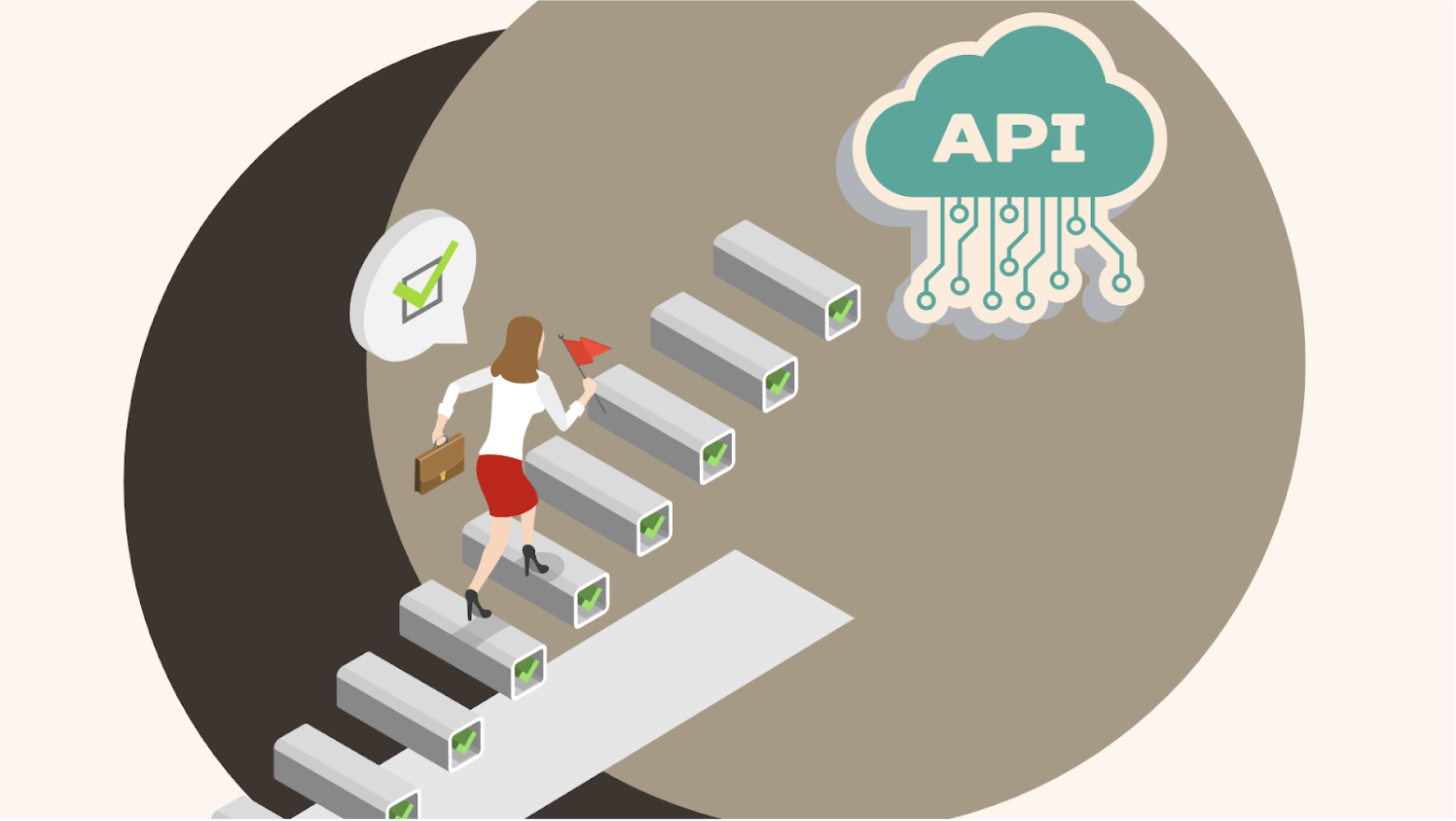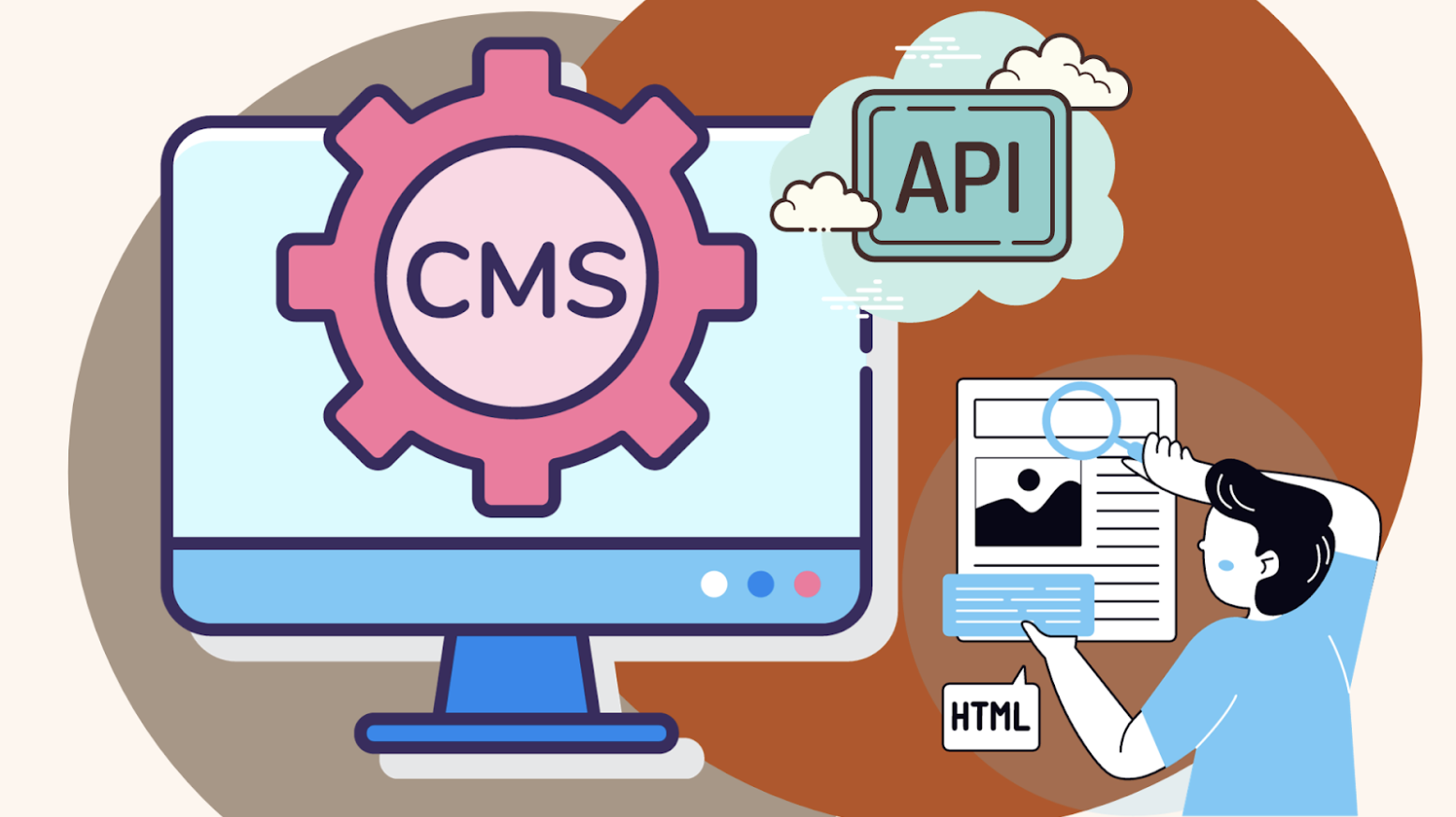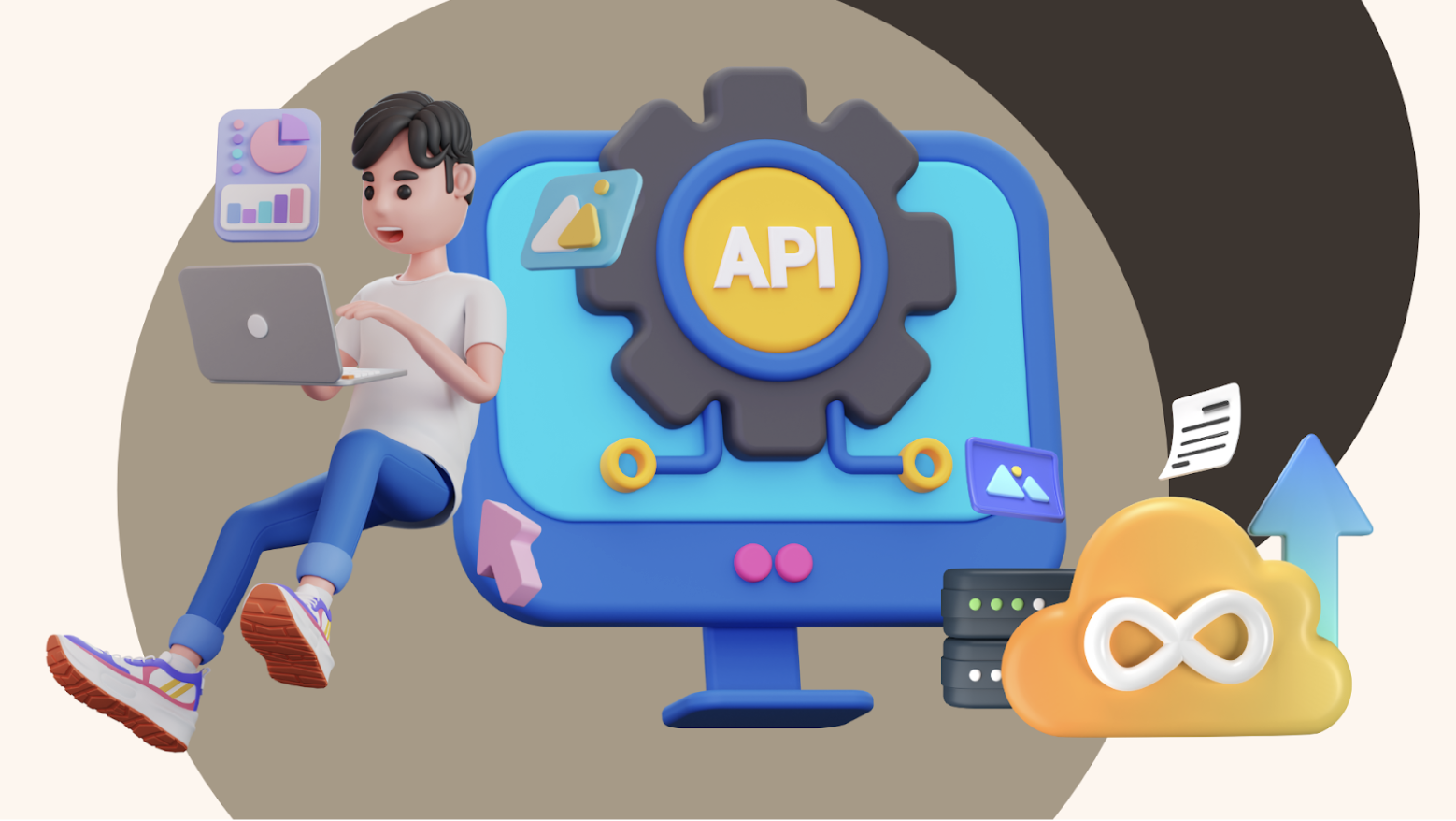Maintaining a website has many challenges. As your website grows, many factors concern you. Slow load times are a problem. The server strain is another problem. Limited storage space can be an issue, too. These can limit your site’s performance. Images are a main source of slowness for big websites. But don’t worry. This article explains a concept called image hosting API and how it can make your website faster and smoother. We’ll also talk about using a third-party file uploader for your images. We’ll also highlight the importance of external image hosting platforms.
Understanding image hosting APIs
You can use image hosting APIs to display images on websites and apps. These APIs let developers store, get, and change images quickly. Amazon S3, Google Cloud Storage, and Imgix are big names in image hosting APIs. Each offers different features. For example, Amazon S3 gives storage and can grow with demand. Imgix focuses on changing images in real time for quick changes.
You can add these image hosting APIs to any website. This makes handling images easy. Users can upload, store, and access images from their selected hosting service. Connecting your website to these APIs reduces server stress and makes the site faster. As a result, images load quickly and correctly. This makes websites perform better and respond faster.
Benefits of using image hosting APIs in web platforms

Using Image Hosting APIs in web platforms provides several advantages.
Performance and Scalability: These APIs optimize image loading, which improves site performance. Your website can scale as it grows.
Lower Server Load and Bandwidth: By hosting images externally, server strain decreases. This saves bandwidth, ideal for shared hosting and high-traffic sites.
Fast Global Image Delivery: Many APIs use CDNs. This ensures quick image loading worldwide, no matter the users’ locations.
Advanced Image Management: APIs allow instant transformations like resizing, cropping, and format conversion. They cater to different devices and screen sizes. This enhances user experience and website efficiency.
Exploring image hosting API integration in web applications
You need to understand how to use a website Image Hosting service. Because it can help improve website speed and simplify image management.
Step-by-step guide to integrating image hosting API
Integrating an image hosting API can significantly enhance your website’s performance and streamline image management. By offloading image storage and delivery to a specialized service, you can ensure faster load times and a more responsive user experience.

1. Choose an Image Hosting Service:
- Research and select an image hosting service that offers an API integration. Make sure the chosen service meets your needs in terms of storage, scalability, and price.
2. Obtain API Credentials:
- Once you’ve registered with your chosen service, look for the section in the dashboard or settings where you can generate API credentials. This usually includes an API key, and sometimes additional details like a secret or token.
3. Set Up Authentication:
- Incorporate the API key and any other necessary credentials into your website’s backend. This is typically done by adding headers to your API requests.
- Always prioritize security. Use HTTPS for all API requests to encrypt the data in transit.
4. Make API Calls:
- Use the API documentation provided by the hosting service to understand how to make calls. Typically, you’ll be able to upload, retrieve, delete, or modify images using the API.
- Implement error handling. This ensures your website can gracefully handle cases where the API might be unreachable or if there are issues with a request.
5. Optimize for Speed:
- Use the image hosting API’s features to serve images in the most optimal format for each visitor’s device and browser. This might include serving WebP images for supported browsers or resizing images on-the-fly.
6. Monitor and Maintain:
- Regularly check the API’s usage metrics and any associated costs. Some hosting services might have limitations on the number of API calls you can make within a certain period.
- Keep an eye on the API’s performance. If your website traffic grows, you might need to upgrade your plan or optimize your usage.
7. Backup Images:
- Even though your images are hosted on an external service, always keep backups. This ensures you won’t lose any data if there are issues with the hosting service.
Remember to always keep the API documentation of your chosen service close at hand. It will provide specifics on how to make calls, what limits are in place, and how to handle various responses from the API.
Uploading images through the API

For a better user experience, consider designing an image upload form. This form lets users send images fast using the image upload API. If there are issues like format mismatches or size limits, use error handling. You can do that by adding validation during the image upload.
Retrieving and displaying hosted images
Use endpoints that are appropriate for your needs in terms of visual content. This will allow you to quickly obtain images stored from the API storage. Afterward, you can programmatically integrate these images into web application interfaces and layouts. This can be achieved using web application functions and custom code, ensuring an uninterrupted visual experience.
Image privacy and security

Protecting the images you host is crucial. You can use access controls and permissions to secure images. These factors define who sees your images and their actions. For added security, you can also employ token-based authentication. This limits access to only trusted sources. Also, it’s essential to follow data privacy rules, like GDPR and CCPA. Moreover, use data retention policies and manage consent. This ensures user data stays protected.
Image transformation and optimization

Utilizing API features for image optimization
When it comes to enhancing a website’s performance, image optimization plays an important role. One effective way to achieve this is by utilizing image hosting services. These services provide API features that allow many tasks. Some examples are compression, format conversion, quality control, and image resizing. This helps to effectively reduce load times and minimize bandwidth usage. However, you will still be able to maintain image quality.
Automating image transformation for different devices
To ensure users receive images of the correct size, image hosting APIs automatically resize and format website images. This process is done to match the images with their respective devices. As a result, this helps provide a better user experience.
Improving page load speed with optimized images
Improving images makes the website load faster, resulting in an improved customer experience.
Image hosting APIs and third-party integrations for web applications
You can integrate third-party tools with image hosting APIs. This can provide a comprehensive solution for content management across various platforms. This encompasses services like file uploading, storage, transformation, and efficient distribution. Such an approach simplifies the management of diverse file types, particularly images. You can use these services across various platforms such as WordPress, Drupal, Joomla, and Wix.
Overview of third-party tools for file management across platforms
Features and functionalities of third-party tools
Filestack, as an example, offers a third-party tool suitable for several platforms. It provides reliable features, ranging from file uploading, secure storage, and dynamic image transformation to effective content delivery. Users can seamlessly manage various types of local files, focusing predominantly on image assets.
Benefits of using third-party tools for image hosting
Incorporating a tool like Filestack into your web application enhances content management. It ensures rapid and secure image delivery, enhancing the overall user experience.
Using Filestack APIs and plugins for image hosting provides several advantages. Improving the content management procedure is one benefit. It also makes sure that images are provided quickly and securely saved. This can improve user experience by providing better image delivery.
Key features of this third-party tool
Filestack offers a simple interface that makes it simple to upload pictures. images are immediately enhanced to ensure that they load swiftly and display correctly. Additionally, the plugin provides safe storage choices to guard against data theft. Filestack comes with a huge network of CDNs. Being able to use them also improves content delivery. This leads to quicker website loading times and a smoother user experience.
Leveraging A third-party platform for advanced image management
Using a third-party platform can transform image management. For example, the Filestack offers the following advanced features.
Image Transformation and Editing: The Filestack API is useful for this task. It lets users resize, crop, and boost images in your web application. They can tailor them to specific needs. All this can be done within the dashboard.
Image Privacy and Security: Filestack offers strong security. It has access controls and encryption. These features protect image integrity and meet privacy rules.
Image Search and Metadata Management: Efficient metadata handling and simplified image searches enhance content organization. This is more important when you have extensive media libraries. Incorporating tools like Filestack amplifies image management, making security and metadata handling efficient. It also improves web application’s performance.
Best practices for image hosting in CMS platforms
Image hosting is crucial for CMS platforms to ensure efficient content delivery. You might be using WordPress, Drupal, Joomla, or even Wix. Despite the platform, the right image hosting strategy can significantly boost performance. Diverse platforms showcase the versatility and necessity of image-hosting APIs. Adopting best practices is key, regardless of the CMS in use.

Image SEO and accessibility considerations
To boost SEO, use descriptive filenames. Also, include informative alt text. Ensure your design fits all devices. With these steps, both SEO and user experience improve.
Performance optimization techniques
For better performance, turn to Content Delivery Networks; they spread images globally. Introduce lazy loading; this method handles on-demand image loading. Choose efficient formats, especially WebP. Remember to cache. It speeds up page loads, making user experiences smooth.
Read this to article to understand how you can Enhance react performance optimization with Filestack.
Ensuring reliability and redundancy in image hosting
Avoid data loss; backup your images consistently. Add redundancy with multiple servers or storage spots. For image safety, amp up security. Use access controls and encryption; they shield images from breaches and unauthorized access.
Conclusion
Image hosting APIs bring numerous benefits to web applications. They improve speed, reduce server strain, and enable content distribution worldwide. Yet, the true value of these benefits depends on choosing the right tools and services.
This is why a lot of developers tend to use third party options for image hosting. For a reliable solution, many turn to Filestack. Filestack is a top-tier image hosting API that simplifies uploading and processing. With its robust CDN partnerships, images load swiftly and securely across web applications.
Explore Filestack’s options if you’re seeking a dependable solution. Improve the speed of your website and your image hosting right now!
FAQs
How does using an Image Hosting API impact SEO and website performance?
Image hosting services boost SEO by optimizing image loading. This reduces page load times and enhances user experience. Together, these factors push up search engine rankings.
Can I switch between different Image Hosting APIs without losing my existing images?
Yes, you can change image hosting APIs. You won’t lose your images. Just ensure a smooth migration. Also, keep the image URL or references intact.
What are the typical file type and size limitations when integrating APIs into web applications?
For most web applications, the standard file size limit is 50MB. However, certain platforms or services might have stricter limitations, often as low as 1MB. Always check the API documentation or provider’s guidelines to understand specific constraints.
Shanika Wickramasinghe is a software engineer by profession and a graduate in Computer Science. Her specialties are Web and Mobile Development. Shanika considers writing the best medium to learn and share her knowledge. She is passionate about everything she does, loves to travel, and enjoys nature whenever she takes a break from her busy work schedule.
Read More →

